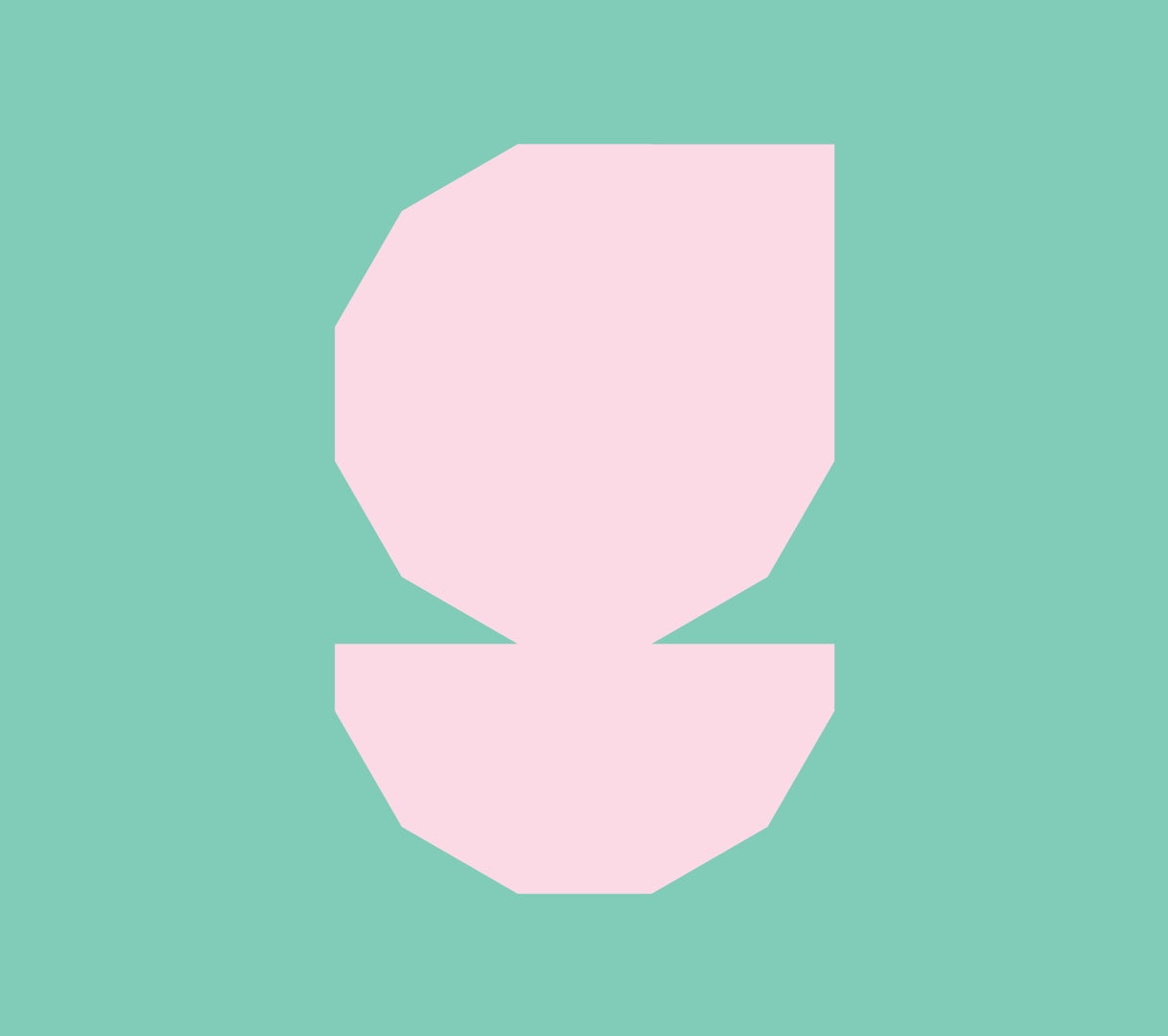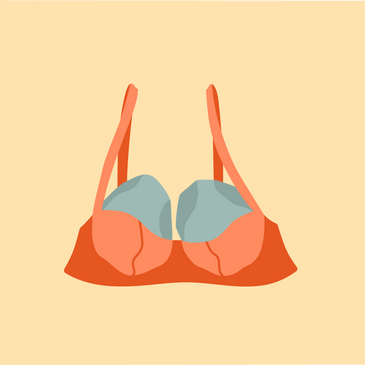Bodily does not provide medical advice, diagnosis, or treatment. The resources on our website are provided for informational purposes only. You should always consult with a healthcare professional regarding any medical diagnoses or treatment options.
What is this?
Bodies come in different shapes and sizes, and nipples are no exception. While some nipples naturally protrude, others are inverted or flat. Nipples are considered inverted if they’re pulled inward (as opposed to pointing outward), and flat if they don’t protrude much (or at all) from the surrounding area.
Nipples can be shaped like this from adolescence, or they can change during pregnancy. Many people with flat or inverted nipples aren’t aware they have them until they encounter challenges with latching in breastfeeding.
How common is it?
It’s estimated that up to 20% of women have flat or inverted nipples.
What can I do about it?
First, you'll need to identify whether or not you have the condition. There are two simple tests you can try:
- Apply an ice cube to your nipple for up to 10 seconds and watch whether they point out or turn in.
- Gently roll the base of your nipple (areola). Does your nipple turn in or out?
If you do have inverted nipples, it can be helpful to wear a breast shell between your bra and your breast during pregnancy — particularly in the last trimester. This will apply pressure to the areola, encouraging the nipple to evert.
Can I breastfeed with inverted or flat nipples?
While inverted or flat nipples can make breastfeeding uncomfortable or make it more difficult for the baby to latch, that doesn’t mean it’s impossible or even particularly hard to breastfeed with them.
Nipple shields are sometimes offered to those with inverted or flat nipples while still in the hospital to help the baby latch in the first few days postpartum. But nipple shields for this use are somewhat controversial: Some experts think they lead to reduced milk supply because the shields can affect nipple stimulation and infant sucking patterns. It can be challenging and frustrating for a newborn to remove colostrum through the nipple shield, and this could lead to breast engorgement and discomfort. Before you consider using a nipple shield, consult with a lactation consultant about the pros and cons.
When should I be worried?
There’s no reason to preemptively worry if you have inverted or flat nipples — you may not have trouble breastfeeding. But if you are struggling, get skilled help — from a nurse, lactation consultant, doula or a local breastfeeding support group — as soon as possible after delivery.




